While drivers scrambled for fuel, Colonial Pipeline said supplies would resume flowing from Texas to the East Coast in the coming days.


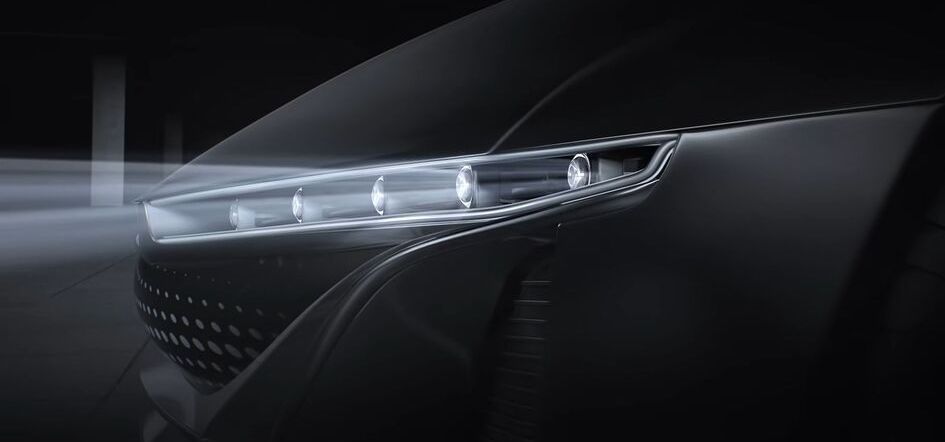
Samsung has detailed its next-gen LED module for intelligent headlights, PixCell LED, in a fresh official introduction video. In Samsung’s own words, PixCell LED is the perfect solution for energy efficient lamps fit for the sleek and stylish vehicles of the future. It’s an Adaptive Driving Beam (ADB) solution that leverages Samsung’s advanced semiconductor technology to improve upon the ADB concept in several ways. More so, PixCell LED is a product that strengthens the Korean tech giant’s ambitions of becoming a bigger component of the automotive market and its supply chain.
It sounds a lot like PixCell LED uses technologies similar to ISOCELL, or at least it relies on principles that have been used by Samsung’s mobile camera division for many years. The new LED headlamp uses what Samsung calls Silicon Wall technology to create a solid wall structure between pixels. Isolating each pixel allows for more refined light control, which is what ADB is mostly about.
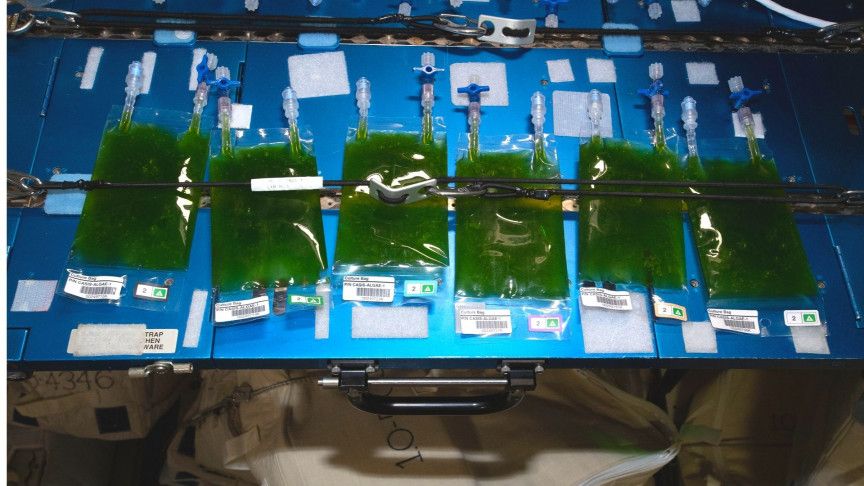
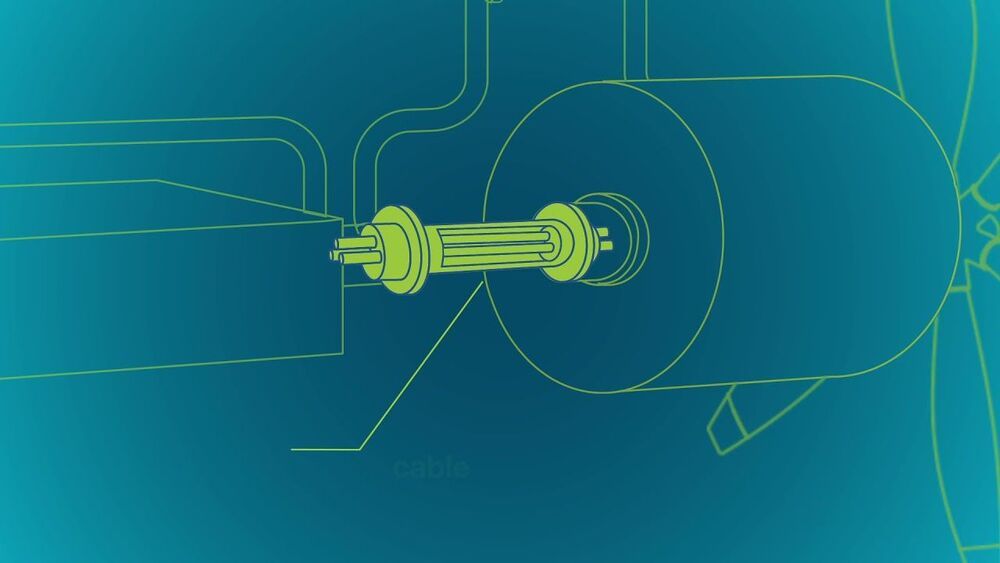
Long-haul aviation, like everything else in the human world, needs to be totally decarbonized, and in the race to zero emissions for international airliners, liquid-hydrogen powertrains look like one of the only viable possibilities.
Airbus is working on a number of hydrogen-powered aircraft, and it’s just found a new angle on cryogenic liquid H2 fuel: using it to supercool the powertrain down to superconducting temperatures, possibly unlocking huge weight and efficiency savings.

Circa 2020
Today’s internal combustion engines in aircraft can be modified to run on alternative fuels for improved environmental performance. Now, hydrogen combustion—either via gas or liquid—is emerging as one of the most promising options in this respect. Airbus is exploring the technology’s potential in preparation for its zero-emission aircraft programme.

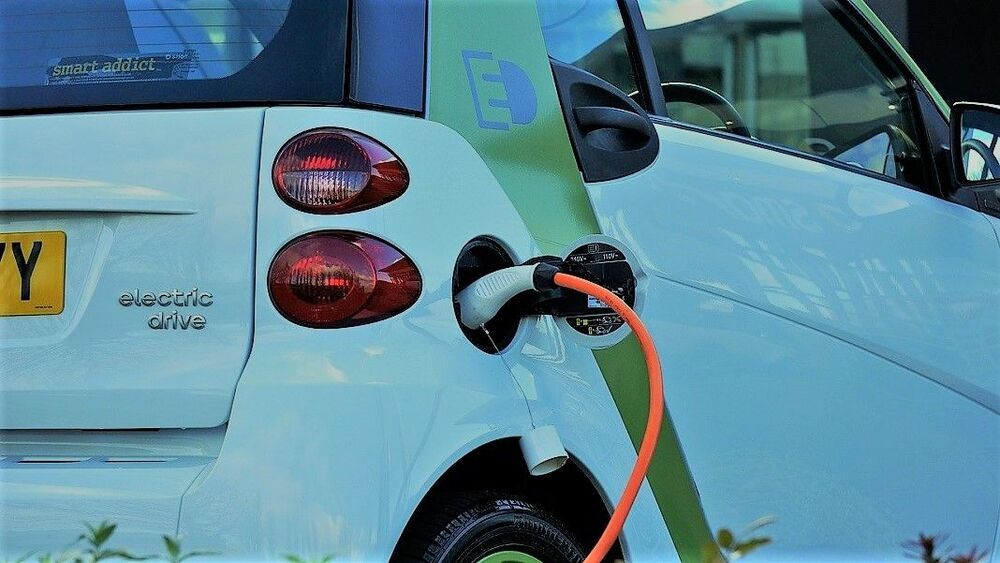
We have everything we need here Especially in Texas no one ever needs to freeze again if they come out of the Fossil Fuel stone age.
The idea is that when electric vehicles are not in use, the energy stored in their batteries is going to waste. If you make it possible for that energy to feed back into the grid, then it can help balance out dips in supply as renewables go offline, rather than relying on fossil-fuel plants to pick up the slack.
The technology that can make that happen is still in its infancy, though. When an electric vehicle is charged, the alternating current from the grid is converted to direct current that can be stored in its batteries. But most charging stations and cars don’t have the hardware to allow this process to run in reverse, meaning the power can’t be fed back into the grid.
That’s starting to change, though, and a city in the Netherlands is leading the charge. In the last two years Utrecht has installed nearly 500 bi-directional charging stations and is positioning itself as one of the world’s leading test beds for the technology.

Top U.S. fuel pipeline operator Colonial Pipeline has shut its entire network, the source of nearly half of the U.S. East Coast’s fuel supply, after a cyber attack that the company said was caused by ransomware.
The shutdown has raised fears of a price spike at the gas pumps ahead of peak demand summer driving season if it persists, and has drawn attention to how critical U.S. energy infrastructure is vulnerable to hackers.
Colonial transports 2.5 million barrels per day of gasoline, diesel, jet fuel and other refined products through 5500 miles (8850 km) of pipelines linking refiners on the Gulf Coast to the eastern and southern United States.
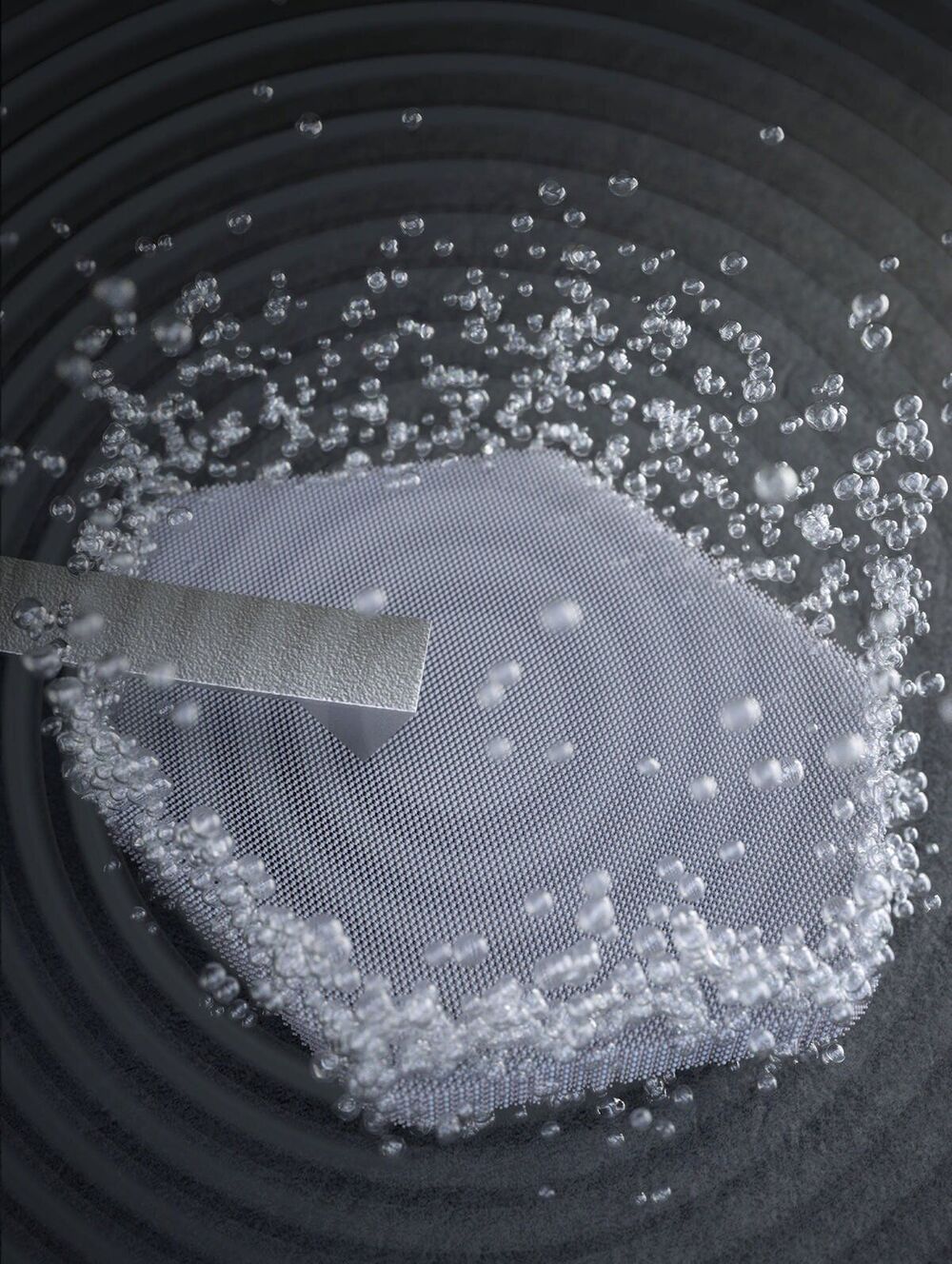
Transitioning from fossil fuels to a clean hydrogen economy will require cheaper and more efficient ways to use renewable sources of electricity to break water into hydrogen and oxygen.
But a key step in that process, known as the oxygen evolution reaction or OER, has proven to be a bottleneck. Today it’s only about 75% efficient, and the precious metal catalysts used to accelerate the reaction, like platinum and iridium, are rare and expensive.
Now an international team led by scientists at Stanford University and the Department of Energy’s SLAC National Accelerator Laboratory has developed a suite of advanced tools to break through this bottleneck and improve other energy-related processes, such as finding ways to make lithium-ion batteries charge faster. The research team described their work in Nature today.
